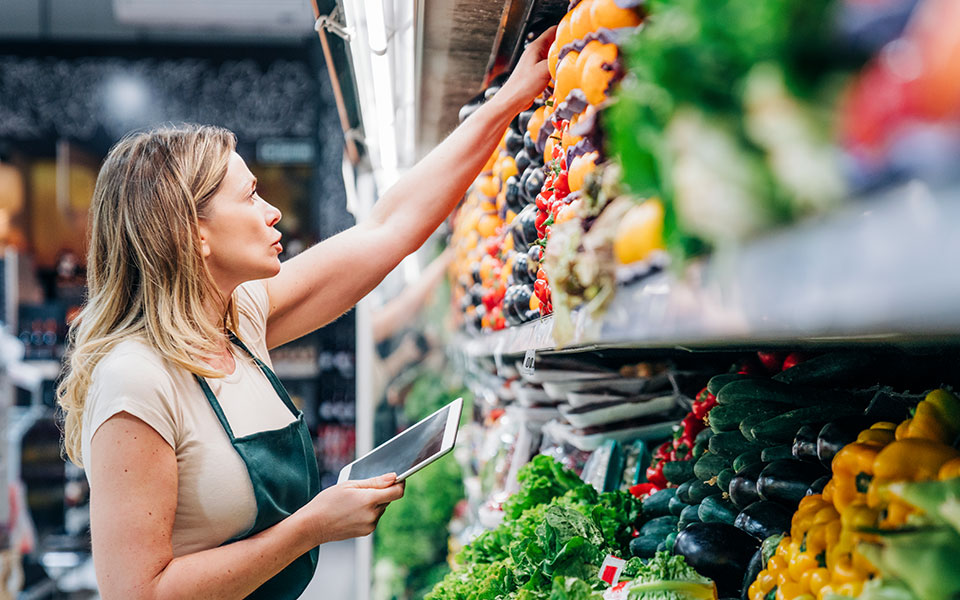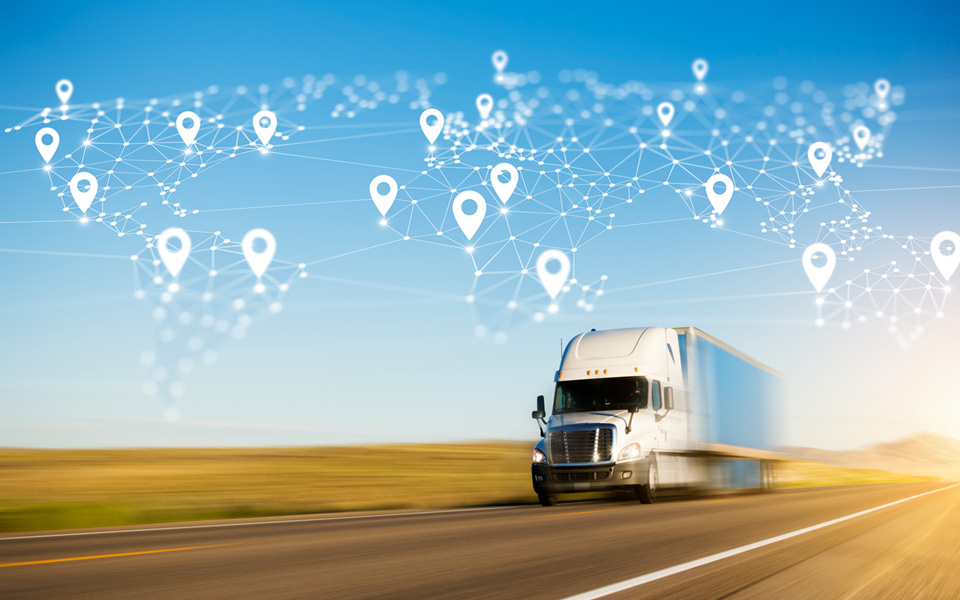*On June 1, 2023 Emerson’s Climate Technologies business became a new standalone company – Copeland. Though our name has changed, we are building on more than a century of HVACR innovation and industry leadership, and Copeland continues to offer the same products, industry stewardship, and learning opportunities you’ve grown to trust. Information found on this webpage posted before June 1, 2023 may contain our old name or branding, but you can be at ease knowing it was created with the knowledge and expertise of Copeland.
This blog is a commentary on an April 2018 article published on Science Daily’s website at which evaluated a recent study on the costs of food borne illnesses in restaurants.

It seems like every month there’s a new story of a high-profile food recall or restaurant shutdown due to food borne illness outbreaks. As if food retailers need to be reminded of the damage these incidents can inflict on a brand, too often we hear of major chains and manufacturers having to close their doors — in part due to food poisoning judgments. Even if these companies do manage to stay in business, the potential for financial, reputation and human costs is significant.
And if those weren’t enough incentives, restaurants also have regulatory drivers for food safety. The Food Safety Modernization Act (FSMA), for example, seeks to push for improved traceability throughout the food supply chain.
Foodborne illness outbreaks can certainly be major setbacks for restaurants, but to date, the impacts of these incidents on bottom lines have been difficult to quantify. Many restaurant retailers are not fully aware of the potential financial costs of these incidents. Knowing this information can help them determine how much to invest in appropriate food-safety measures.
Study shows costs are proportionate to the size of the outbreak
A recent study by Johns Hopkins Bloomberg School of Public Health suggests that just one outbreak can cost millions in lost revenue, fines, lawsuits, legal fees, insurance premium increases and more.
Based on computer simulations used in the study, a foodborne illness outbreak can have a large impact, regardless of the size of the restaurant or the outbreak. A fast food restaurant could incur anywhere from $4,000 for a single outbreak in which five people get sick to $2.5 million for a single outbreak in which 250 people fall ill (taking into account lost revenue, lawsuits, legal fees and fines).
According to the Centers for Disease Control and Prevention (CDC), the annual occurrences of foodborne illness are more common than we may think:
-
- Approximately 48 million people get sick
- 28,000 are hospitalized
- 3,000 die from food-related illnesses, which are often referred to as food poisoning
Pathogens that caused outbreaks in restaurants from 2010–2015 include listeria, norovirus, hepatitis A, E. coli and salmonella.
Preventative actions are the cure
The question then becomes: What’s causing these pathogens to arise? Often, the leading causes can simply be traced to not adhering to basic food safety best practices: cross-contamination; time and temperature excursions; cleaning; and sanitation.
Of course, Emerson can play an integral role in helping retailers minimize temperature deviations and maintain optimal conditions throughout the supply chain. We know that out-of-tolerance temperatures over prolonged periods of time can contribute to many of the threats posed to food quality. Our capabilities in temperature management, tracking and recording at all stages of food’s journey have become increasingly important for cold chain operators.
Our GO real-time temperature trackers for the cargo space provide live monitoring and reporting of perishable product cargo container temperature and location from anywhere in the world. The solution captures and stores data in a cloud-based monitoring portal, then sends alerts and status reports via email or text message to help stakeholders ensure product freshness and safety at every step.
Designed for restaurants and supermarkets, our Lumity and Cooper-Atkins products and solutions offer temperature management and monitoring products for both spot inspections and fixed locations where food is handled, prepared and stored. These powerful products give people the ability to access food conditions and predict, preempt and control any issues related to quality or safety. These real-time temperature trackers can be accessed anytime, anywhere with a network connection, helping retailers ensure only the freshest and safest products reach customers.
Potential loss outweighs the cost
The Johns Hopkins study reinforces what we already knew: that there is a significant potential for health, human and revenue losses from outbreaks of foodborne illnesses. With today’s advances in digital, connected technologies, operators all across the cold chain have the tools at their disposal to prevent these incidents.
As one of the experts cited in the report, “Paying for and implementing proper infection control measures should be viewed as an investment to avoid these costs, which can top a million dollars.”

8 proven strategies for rigorous cold chain management
Preparing for the approval and safe use of A2Ls in commercial refrigeration applications...
Protection for high-value shipments just got even better
We’re excited to announce the release of Copeland’s newest real-time tracker, the GO Real-Time...

Three proven strategies to prevent cargo theft
The over-the-road (OTR) transport industry is experiencing a surge in cargo thefts. As thieves...
